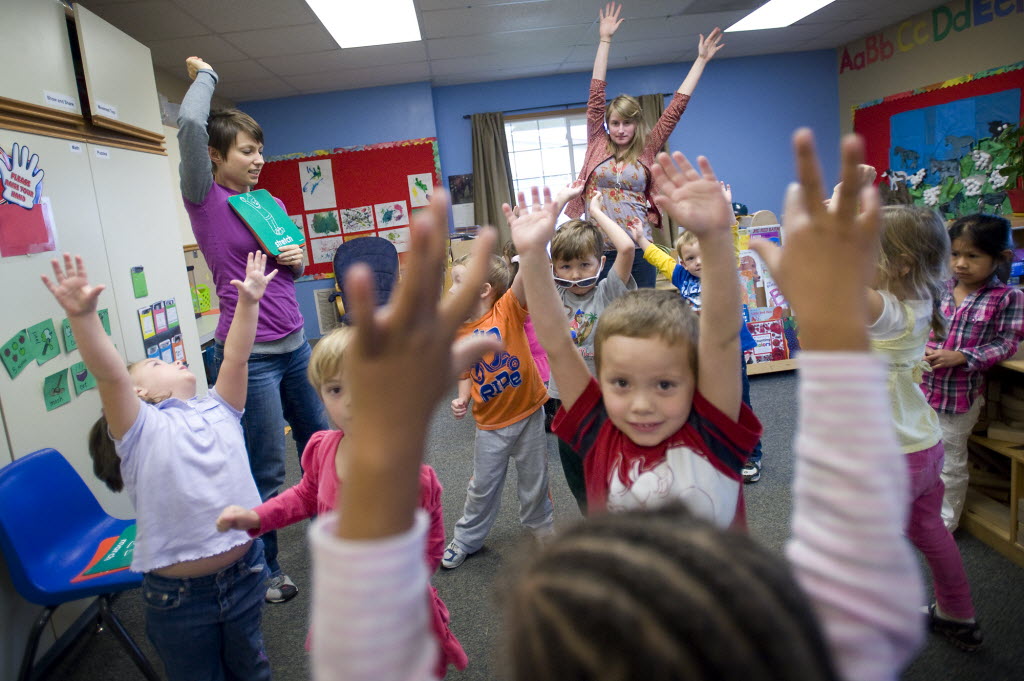Preschoolers aren’t getting enough exercise

An observational study of Seattle preschoolers found the children were presented with only 48 minutes of active play opportunities per day.
The most frequent active play opportunity was outdoor free play (8 percent of the time), but, on average, the children spent only 33 minutes per day outdoors, according to the study.
Best practice guidelines encourage 3- to 5-year-olds received 60 minutes per day of teacher-led structured physical activity, 60 minutes per day (or more) of unstructured free play time and daily outdoor time, according to the study.
Nearly half of preschool kids are not meeting those minimal recommendations, according to the researchers.
The physical activity of preschoolers has been found to be highly correlated with their child care environment; the average child spend more than 30 hours per week in the care of preschools or structured child care programs, according to the researchers.
The researchers aimed to examine different types of physical activity opportunities at child care settings and how the variation in opportunities related to children’s physical activity.
The study followed nearly 100 children from 10 child care centers for at least four full days. The children wore accelerometers during the observations.
The observers logged the amount of time each child spent in each of six categories: not an opportunity for active play (crafts, meals, circle time); naptime; outdoor free play; outdoor teacher-led activity; indoor free play (climbing equipment, balls, indoor playroom); and indoor teacher-initiated play (yoga).
The observers concluded that 62 percent of the child care day could be categorized as not providing active play opportunities; naptime constituted another 26 percent of the child care day.
That means 88 percent of the child care time is absent opportunities for active play.
On average, just 48 minutes of the day (12 percent of child care time) were considered opportunities for active play. Of those, outdoor child-initiated free play was most common, followed by indoor teacher-led and indoor child-initiated play.
Of the 33 minutes kids spent outdoors, nearly all of the time was in child-initiated free play activities.
The researchers found children’s activity was 73 percent sedentary, 13 percent light and 14 percent moderate-vigorous physical activity.
“In an environment in which sedentary behavior is increasingly common, pediatric health care providers can and should address (physical activity) opportunities of children within the context of all settings where children spend time,” the researchers concluded.
